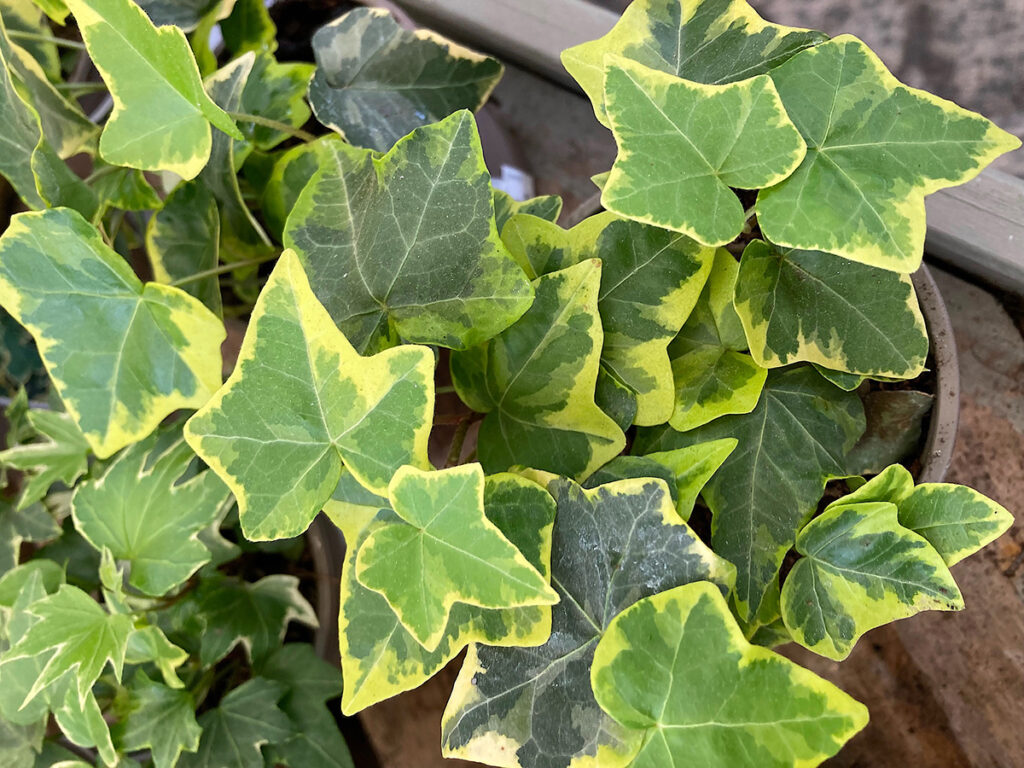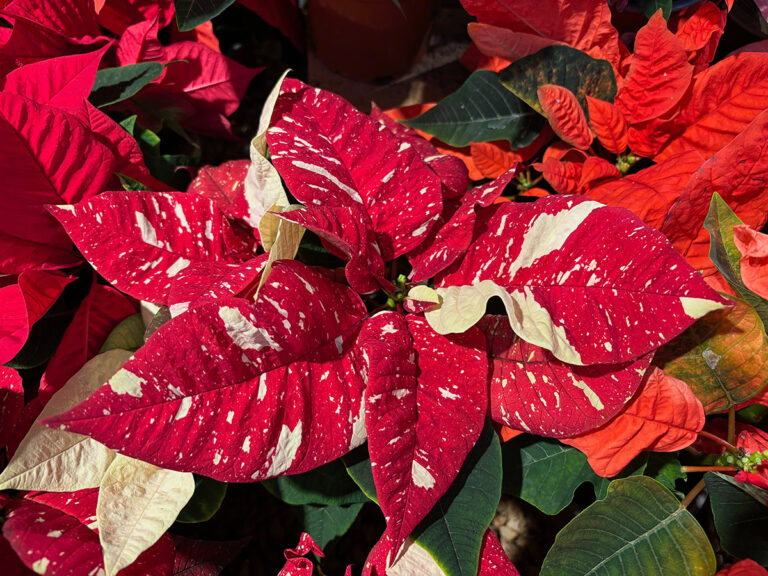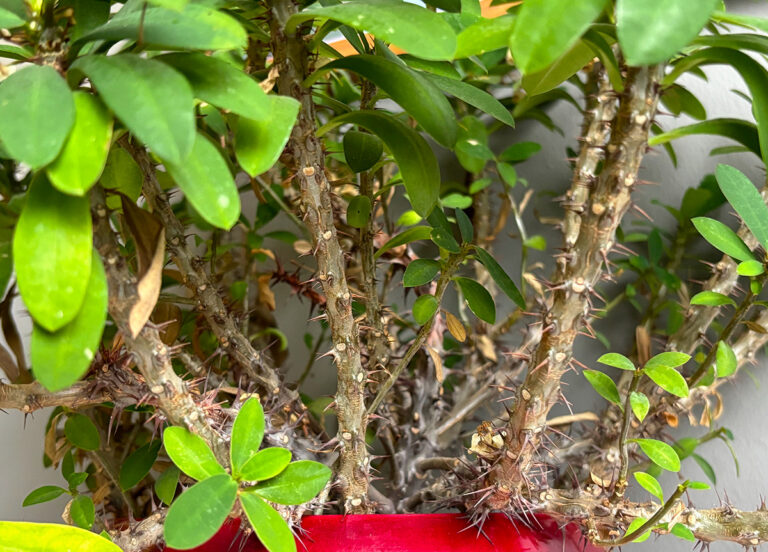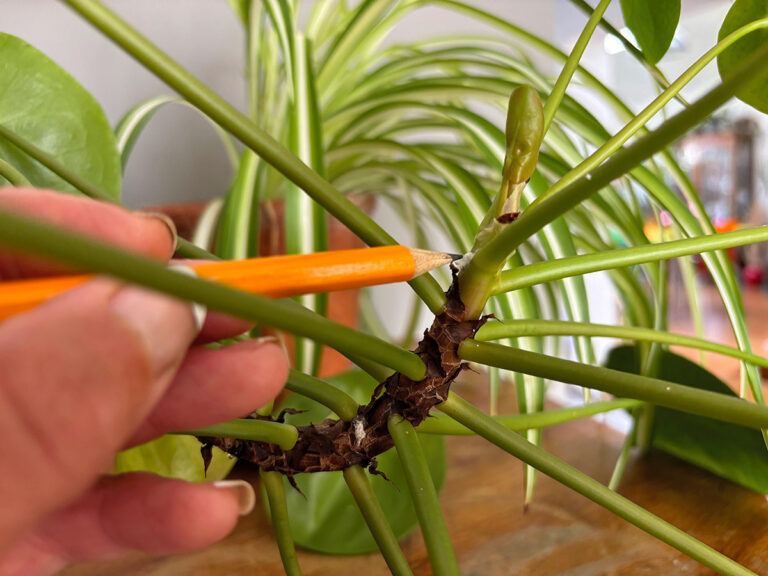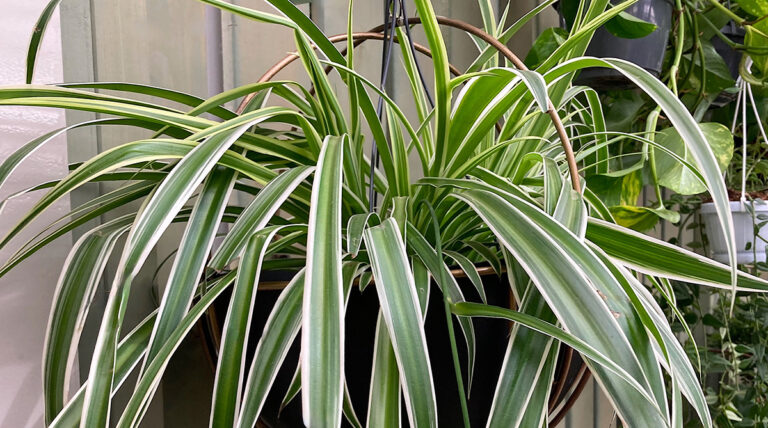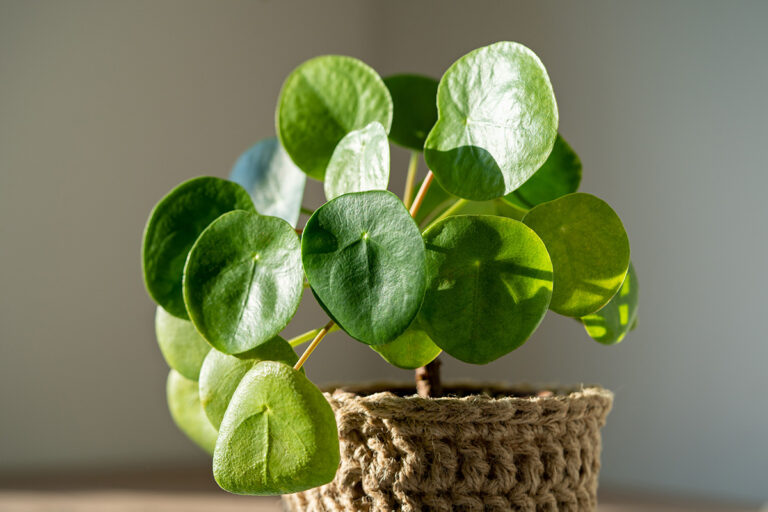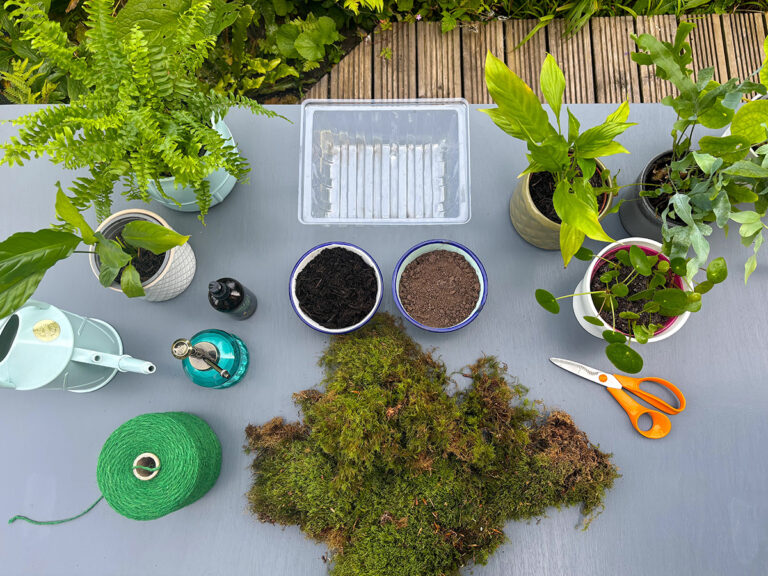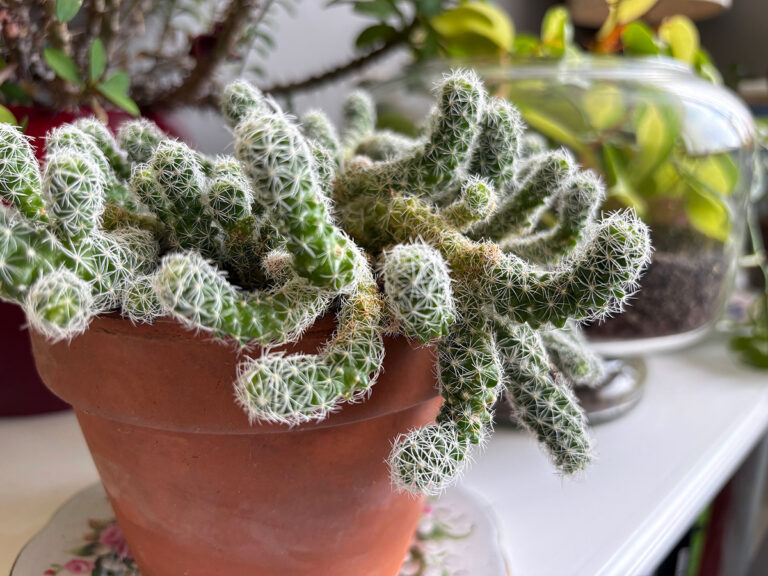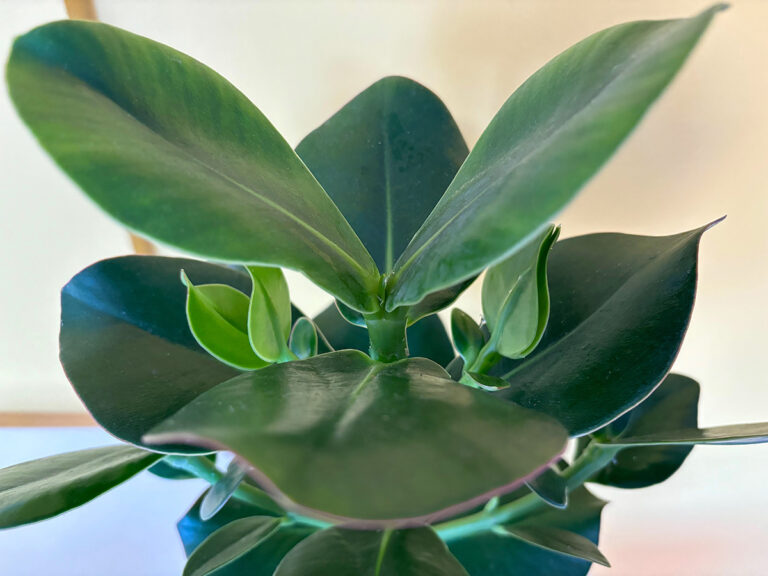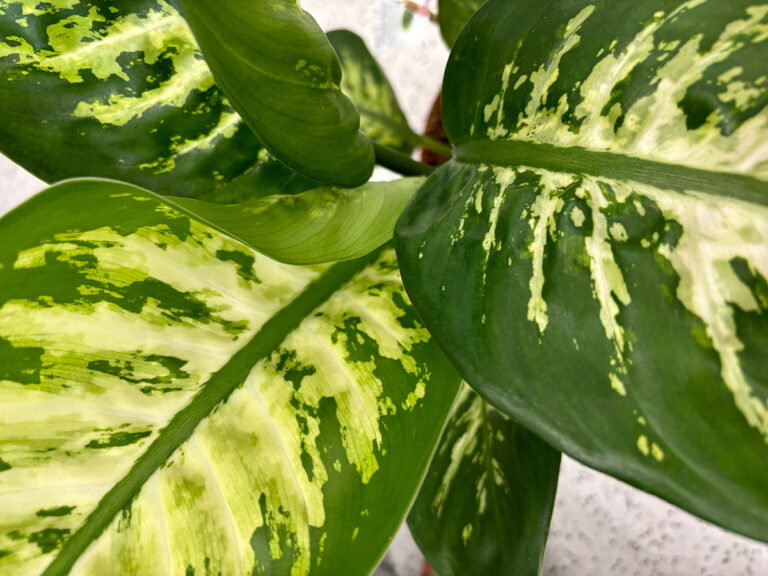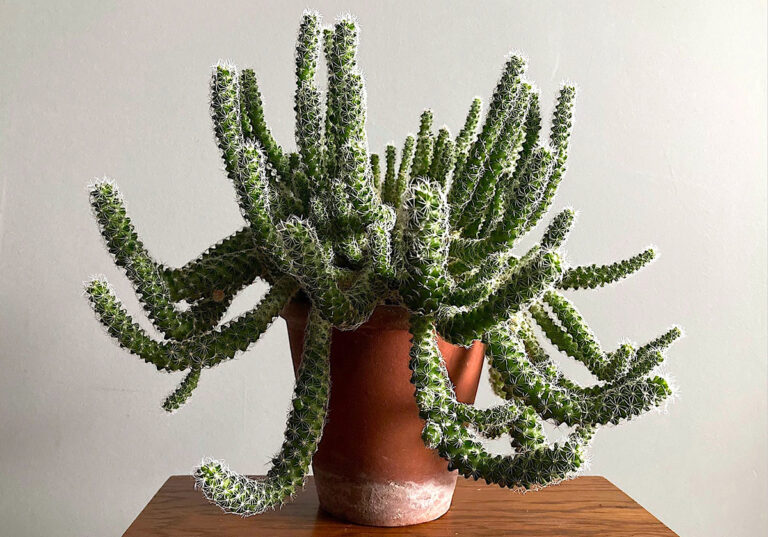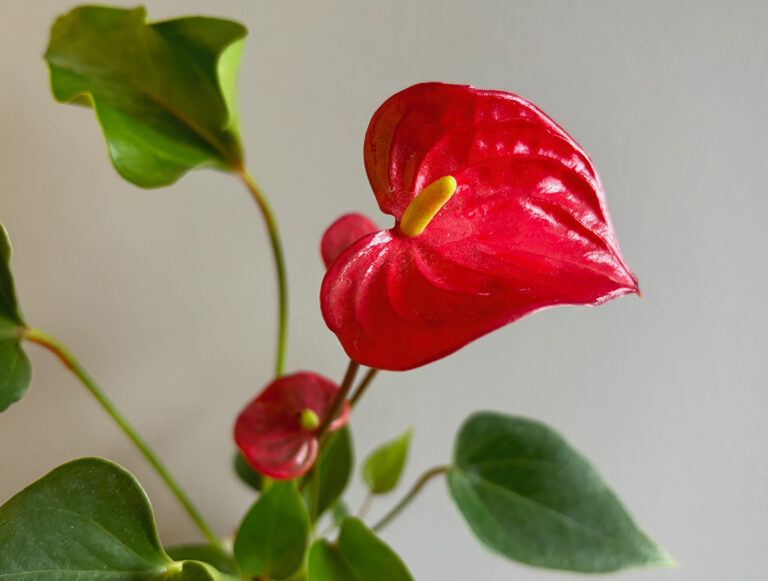Plants are the key to life on earth. Through the complex process of photosynthesis plants convert energy from sun rays, water and carbon dioxide into glucose via their green chlorophyll cells producing oxygen as a byproduct; making food from light energy. Plants absorb carbon dioxide and water from the soil and air then convert carbon dioxide into glucose and water into oxygen.
Plants and humans have a perfect symbiosis but some houseplants go one step further and can actually improve air quality by removing volatile organic compounds (VOCs), like benzene, ammonia and formaldehyde.
In 1989 NASA carried out the NASA Clean Air Study which were controlled experiments in sealed environments proving plants such as snake plants, peace lilies and English ivy, have the ability to purify air although there is debate about the amount of pollutants they can remove from our homes. Subsequently research studies followed in 1993, 1996 and 2004 that have confirmed and elaborated on these findings.
Although our own houses will struggle to replicate the sealed laboratory environment created by NASA there is no doubt that there is a positive benefit to having houseplants in our lives; they can help us get a good night’s sleep, improve our wellbeing and perhaps help our respiratory health.
You need a large quantity of plants to really make a difference but the benefits of plants cannot be denied and so what a great excuse to fill our homes with as many plants as we can and breath easy.
What chemicals can be found in our homes?
A surprisingly large number of harmful air pollutants actually come from everyday manmade products we have in our homes like paint, computers and furniture.
Formaldehyde can be found in synthetic fabrics, benzene in plastics, tobacco smoke, detergents, paint and glue, and ammonia is found in many cleaning products. Other harmful chemicals such as trichloroethylene found in varnish, paint, varnish and glue and xylene found in leather and rubber products can be absorbed by certain plants too.
Why are these chemicals a concern?
Formaldehyde can irritate your throat, mouth and nose, exposure to large amounts of benzene can cause dizziness, drowsiness, headaches and irritate your eyes whereas trichloroethylene can cause nausea, vomiting, headaches, drowsiness and ammonia can cause coughing, sore throat and irritation around your eyes.
So which plants are particularly beneficial in purifying the air?
Peace Lily, Spathiphyllum wallisii
The Peace Lily ranked high in NASA’s air purifying study by being capable of absorbing all of the chemicals on test; formaldehyde, trichloroethylene, benzene, toluene, xylene and ammonia. Peace Lilies are particularly good at processing trichloroethylene, in fact they were proven to remove 23% in 24 hours and can keep household mould at bay. They absorb these chemicals through their leaves and expel them via their roots where they are broken down by soil microbes.
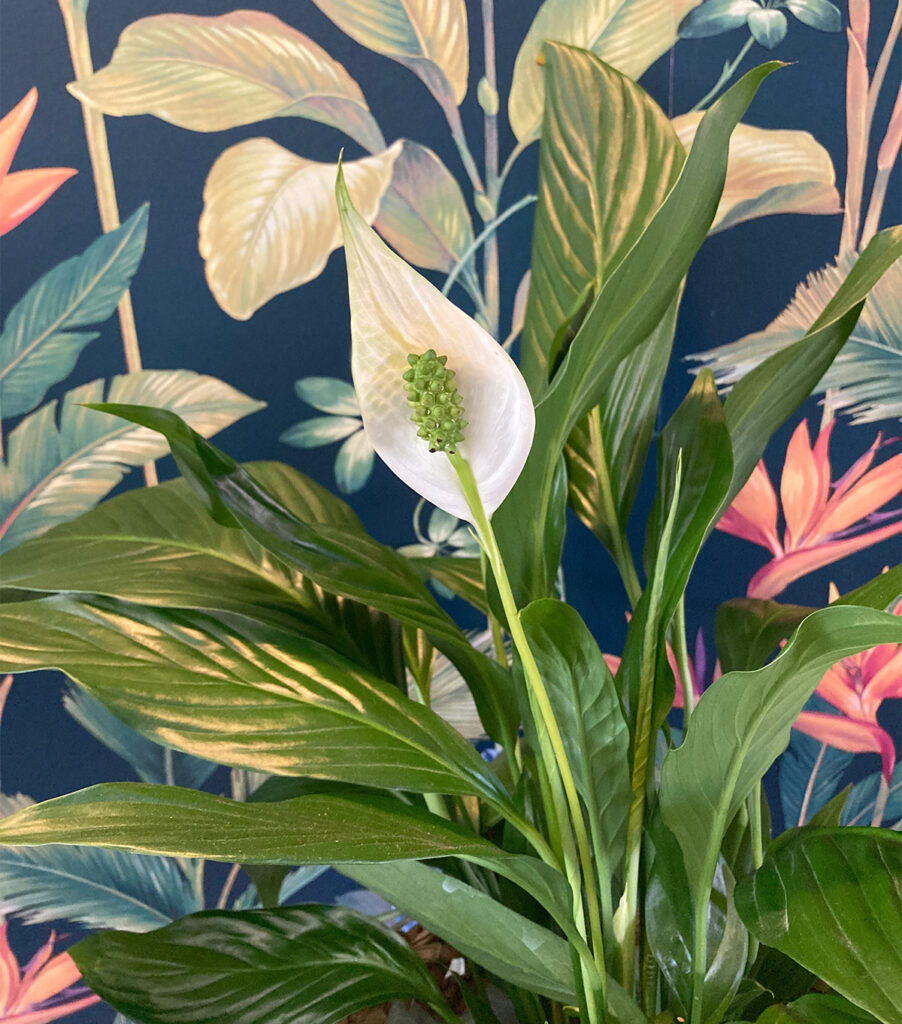
Snake plant, Sansevieria trifasciata
Sansevieria is good at filtering formaldehyde and is an ideal plant for the bedroom. Some plants stop photosynthesising at night so would produce carbon dioxide but not Sansevieria; they continue producing oxygen throughout the night which could even help you get a better night’s sleep.
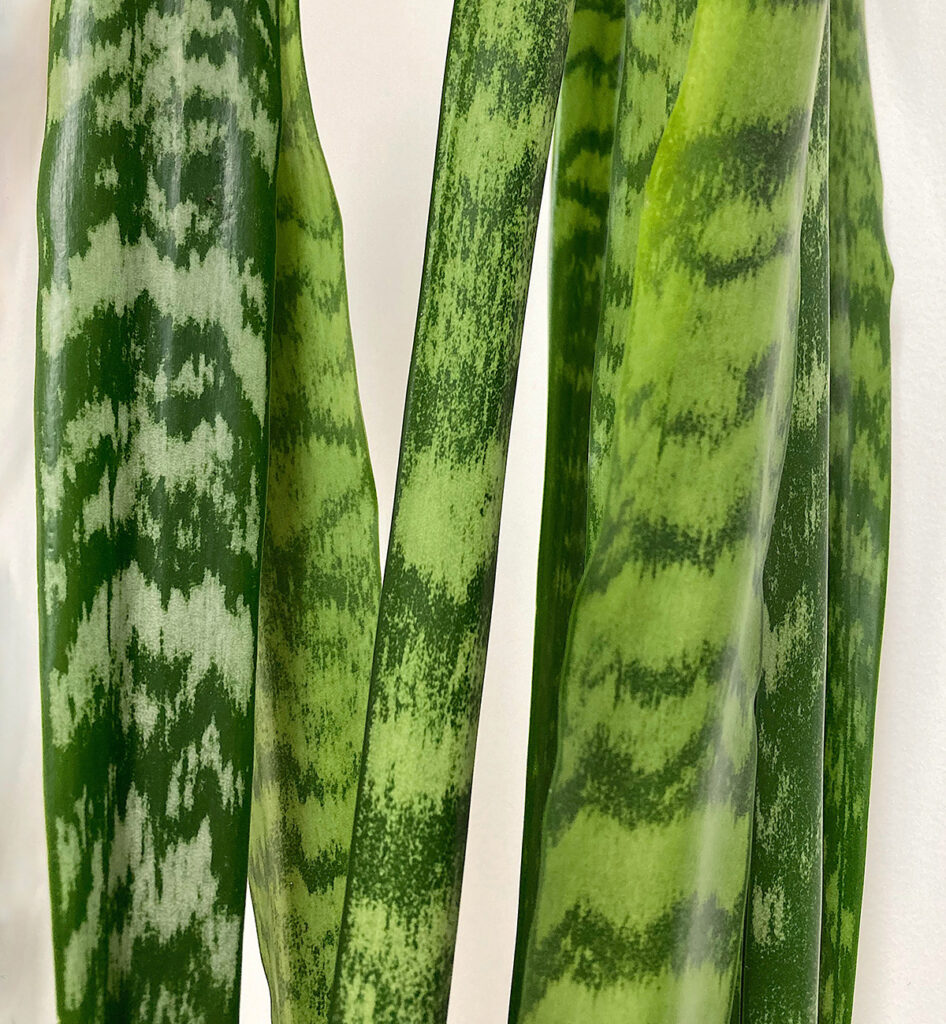
Aloe Vera
Aloe vera is another plant that releases oxygen at night making it a good choice for the bedroom. It is also a good air purifier, removing formaldehyde and benzene. Just be aware that although this drought tolerant succulent has great health benefits to humans, this plant is toxic to cats and dogs.
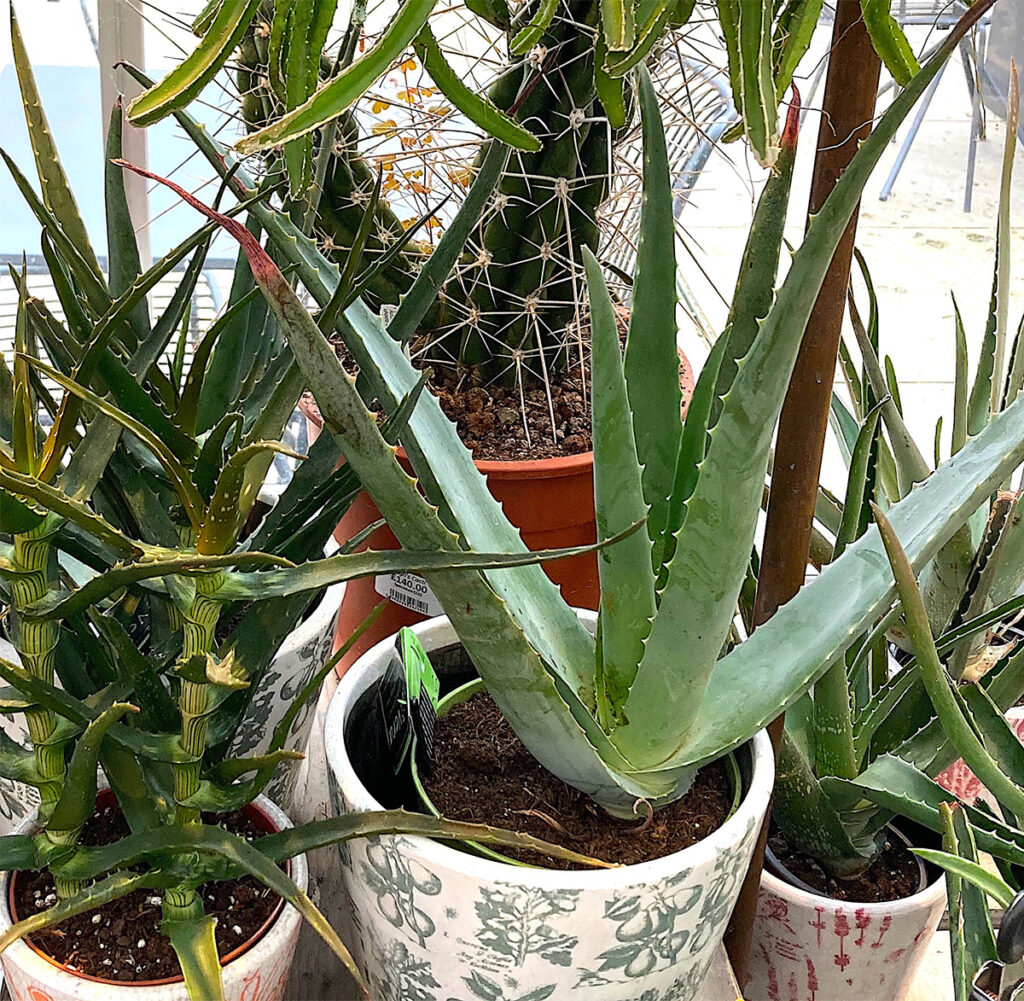
Spider Plant, Chlorophytum comosum
Spider plants are super easy to look after and although pretty self-sufficient they are actually working hard to rid rooms of nasty chemicals such as carbon monoxide, formaldehyde, toluene and xylene so place a spider plant in a kitchen or lounge that has a fire for extra peace of mind
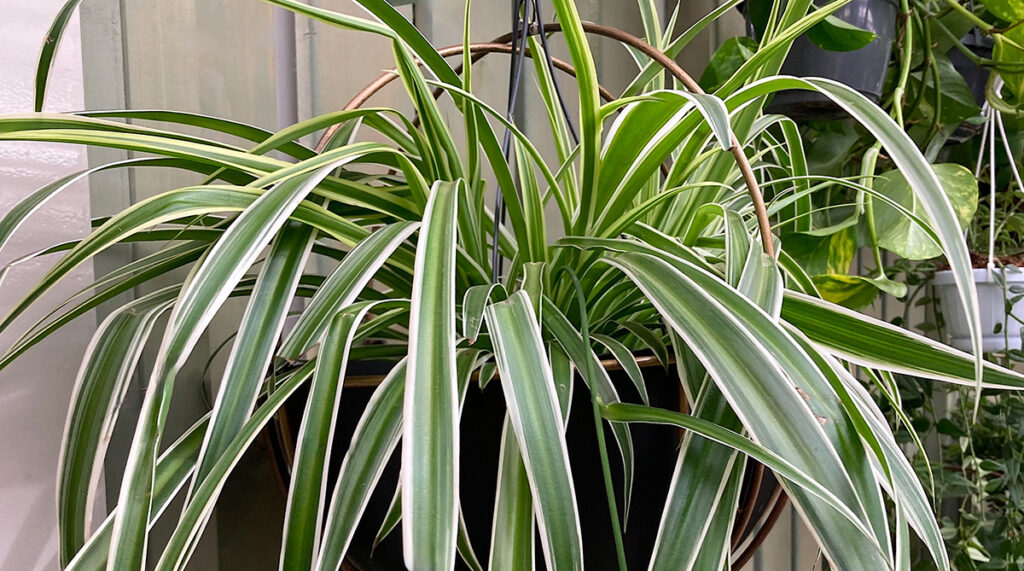
Dragon Tree, Dracaena marginata
Dracaena are particularly useful at filtering formaldehyde, xylene, and trichloroethylene from our homes. These tall, thin, slow-growing plants have spiky red-edged leaves which like lots of indirect light and can cope with underwatering so good for busy gardeners.
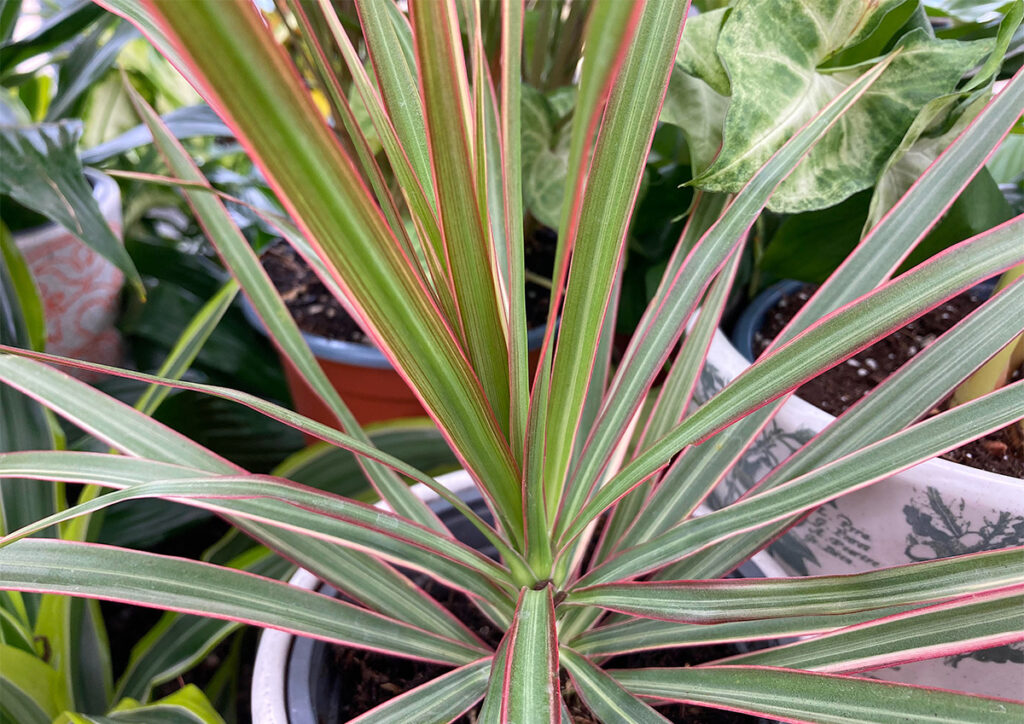
Areca Palm, Dypsis lutescens
The Areca Palm has elegant yellow multi stems which arch into graceful leaves. This is a gorgeous statement plant for any well lit room, especially a lounge. It can absorb xylene, formaldehyde and toluene which is found in nail polish, paint thinners and glues.
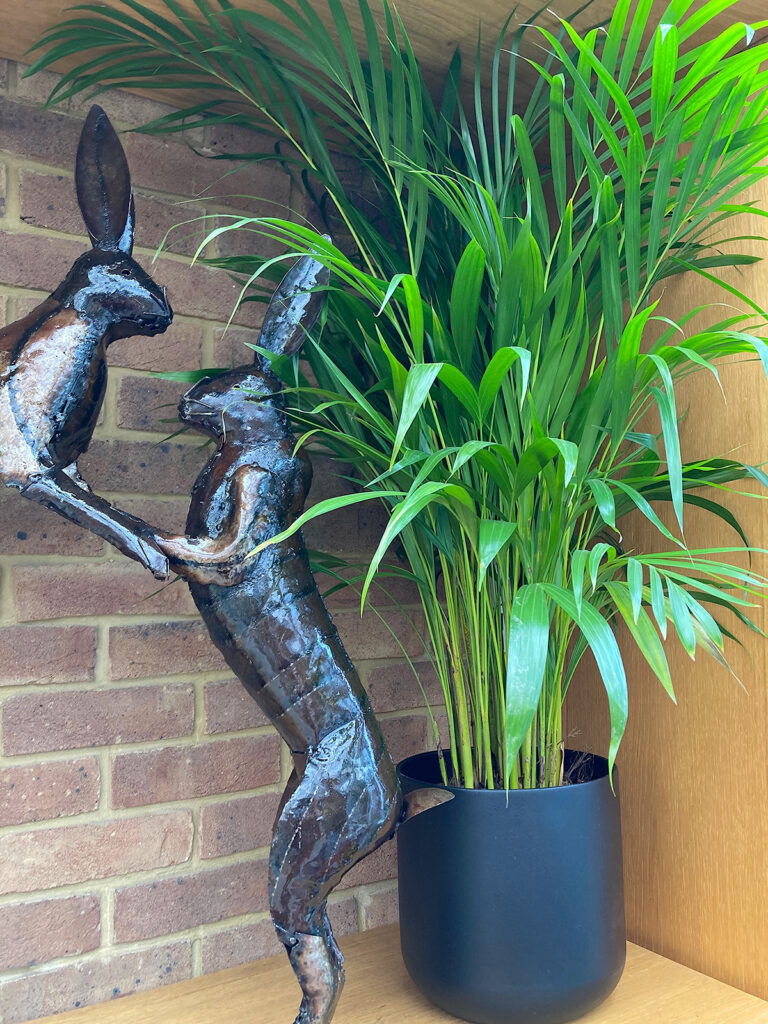
Pothos, Devil’s Ivy, Epipremnum aureum
Pothos is another popular houseplant that boasts removing benzene, formaldehyde, xylene and toluene from the air. Not pet friendly but this wonderful trailing plant is beautiful and easy to look after so a good plant for newbie houseplant parents.
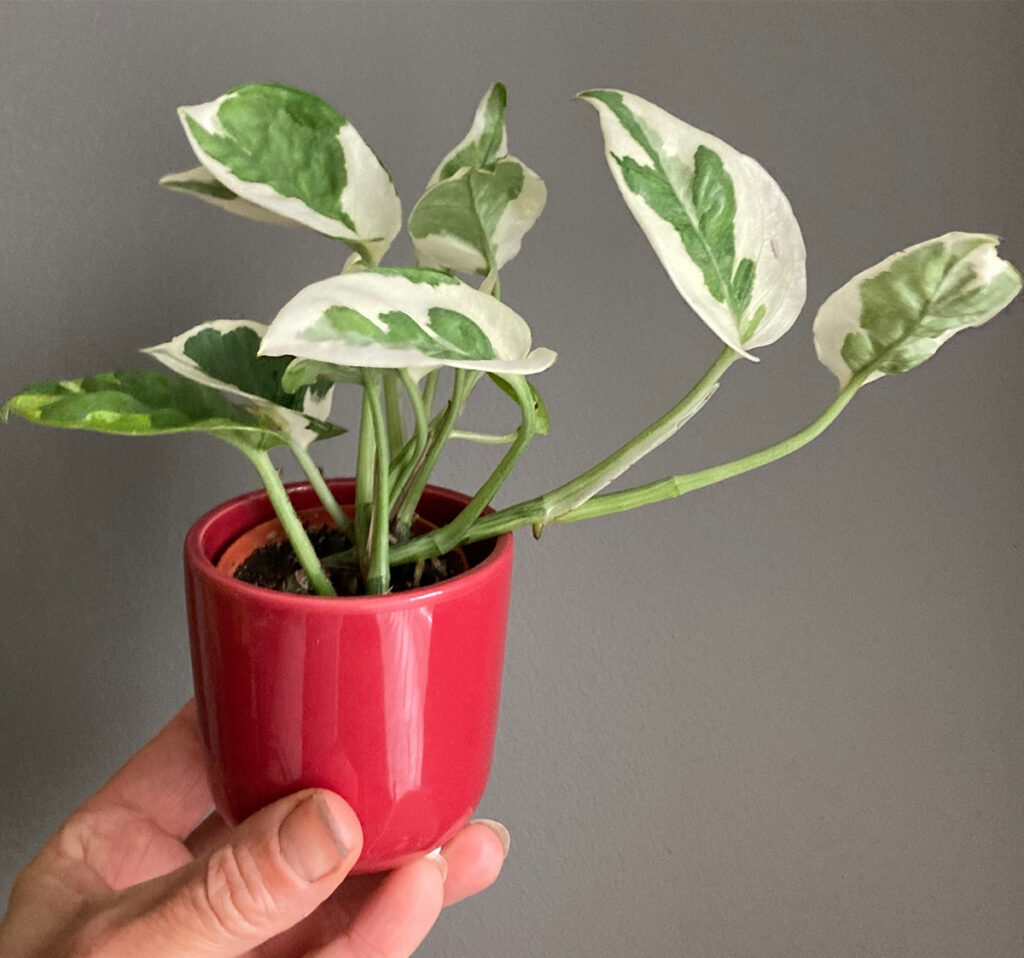
English Ivy, Hedera helix
You would expect ivy to be an outdoors only plant but the 1989 NASA study discovered that English ivy was incredibly efficient in removing benzene from the surrounding air, removing 89% in 24 hours but also very effective at removing ammonia, formaldehyde, xylene, toluene and trichloroethane. Pop a little pot of ivy on a shelf or add it to a collection of plants on display and this trailing plant will not only look great but will help reduce pollutants, just keep it out of the way of pets.
